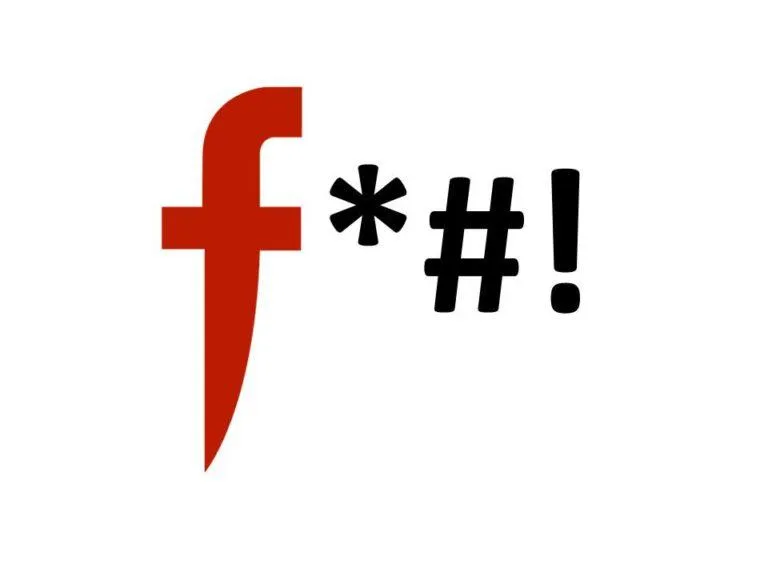
Divorcing? You know this F-Word!
And How Mediation Can Help
For many years now, I have lectured at the David B. Faulk College of Sport and Human Dynamics at Syracuse University regarding the practice of mediation and mediation ethics. To get my students’ attention, I tell them that there is an “F-word” that applies to divorce. When I ask them what that word might be, they smile, laugh uncomfortably, and after much cajoling, they ultimately give me the obvious expletive. That’s not the word that I’m fishing for.
The F-Word I’m referring to is “Fear”.
What are divorcing folks fearful of? The fear of losing their children; of being judged by family, friends and coworkers; fear of a counter-intuitive legal process that is confusing, adversarial and expensive; and fear for their economic and emotional survival. As one client lamented to me recently, “I feel so vulnerable. I am afraid of everything. I don’t know how I’m going to survive my divorce.”
Peter Diamandis, in his book “Abundance”, gives us an explanation for why we react with fear rather than with sober concern. The reason? The amygdala. This is a small, almond shaped mass located at the base of the brain that is involved in many of our emotions and particularly those related to survival. According to Diamandis,
“…it’s our early warning system, and organ always on high alert, whose job is to find anything in our environment that could threaten survival. Anxious under normal circumstances, once stimulated, the amygdala becomes hyper-vigilant. Then our focus tightens and our fight-or-flight response turns on. Heart rate speeds up, nerves fire faster, eyes dilate for improved vision, the skin cools as blood moves toward our muscles for faster reaction times. …so potent is this response that once turned on, it’s almost impossible to shut off.”
Diamandis sums up by stating: “The amygdala is always looking for something to fear.”
As a former litigator, I can tell you litigation can be very scary. Why? The legal process is rife with rules and procedures that are completely counter-intuitive to the natural way we would otherwise solve problems. Add to this the fact that litigants must place their trust in attorneys, psychologists and judges who, although qualified, are strangers. And if these factors aren’t unsettling enough, don’t forget, the stakes in litigation are high. The outcome will often determine how much time each parent will spend with their children, how parenting decisions will be made, and what money and assets each party can rely upon to build their futures. These outcomes will not be known until the parties settle after a protracted negotiation or until a judge hands down a decision. In short, litigation prolongs the period that the amygdala must remain engaged, sometimes for years.
When I meet clients for the first time, fear is on full display. One or both parties are exhibiting the symptoms of folks whose survival instincts are on high alert. But it is here where mediation can be a powerful agent for change. Whereas the litigation process is counter-intuitive and fear-inducing, the mediation process, by contrast, is specifically designed to quickly eliminate fear and to help folks achieve the emotional safety and objectivity to make good choices for themselves. Once freed from the grip of survival instincts, participants are free to explore their options and to build their futures in a way that is intuitive to their own way of thinking.
Experiencing fear and trepidation? Consider mediation.
About
Resources
Locations
Contact Us
Website Terms & Conditions - Privacy Policy
Copyright © 2026 Law Offices of Jeffrey M. Cohen, Esq. All Rights Reserved.
Website design by Chesterfield Advantage.
